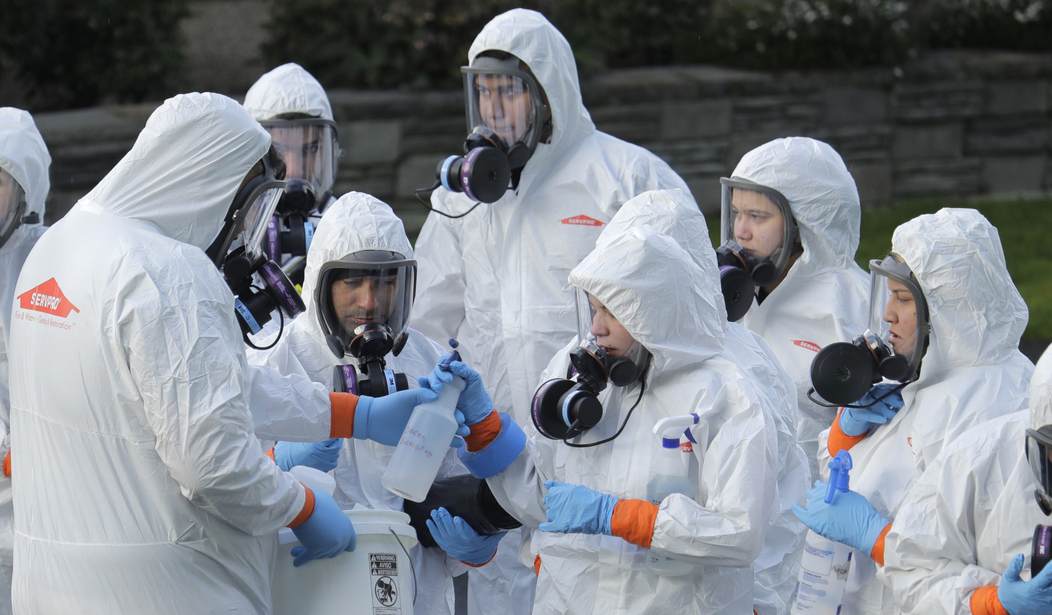Before the pandemic struck New York City, 20-25 people a day were dying at home according to the city medical examiner’s office. Now, that number is more than 200, raising questions about how many of those who die in their own beds actually died of coronavirus.
As of Monday afternoon, the official death toll in New York was 2,378. But that only includes people who tested positive for the virus. It doesn’t include those who aren’t tested and die of COVID-19 symptoms. And the city’s medical examiner doesn’t test dead bodies for the virus.
If someone dies at home, and we go to the home and there [are] signs of influenza, our medical examiner may determine the cause of death was clearly an influenza-like illness, potentially COVID or an influenza-like illness believed to be COVID,” said Worthy-Davis. “We report all our deaths citywide to the health department, who releases that data to the public.”
But the health department does not include that number in the official count unless it is confirmed, a spokesman said.
“Every person with a lab confirmed COVID-19 diagnosis is counted in the number of fatalities,” the spokesman, Michael Lanza, said in an email. He said the city’s coronavirus death tally does not break down who died at home versus who died in a hospital from the virus.
While not all those who die at home had COVID-19 symptoms, the discrepancy between pre-pandemic deaths and those today strongly suggests that the vast majority of at-home deaths are from the coronavirus.
Statistics from the Fire Department, which runs EMS, confirm a staggering rise in deaths occurring at the scene before first responders can transport a person to a hospital for care.
The FDNY says it responded to 2,192 cases of deaths at home between March 20th and April 5th, or about 130 a day, an almost 400 percent increase from the same time period last year. (In 2019, there were just 453 cardiac arrest calls where a patient died, according to the FDNY.)
That number has been steadily increasing since March 30th, with 241 New Yorkers dying at home Sunday — more than the number of confirmed COVID-19 deaths that occurred citywide that day. On Monday night, the city reported 266 new deaths, suggesting the possibility of a 40% undercount of coronavirus-related deaths.
There’s no malice in the undercount, no attempt to deceive. But it points to the urgent need for universal testing for the virus.
Dr. Irwin Redlener, the director of Columbia University’s National Center for Disaster Preparedness, called the discrepancy “a subset of the whole testing fiasco.” He said the city should be testing dead bodies and reporting the results.
“This difference between the [Medical Examiner] and the Health Department, that’s something that needs to be resolved urgently, that’s not okay,” Redlener said. “They have to be on the same page.”
What’s happening in New York City is almost certainly happening in other large urban areas in the United States that are pushed to the limit with treating coronavirus patients.
The national death toll number is probably much higher than announced. Perhaps it’s inevitable in a pandemic that accuracy becomes a goal, not a reality.










Join the conversation as a VIP Member